"Millennium PC: A Comprehensive Review"
When you're in the market for a gaming PC, you have several options. You can opt for a mass-produced model from brands like Alienware, or go for a boutique build that’s both expensive and outstanding. The Origin Millennium sits comfortably between these extremes. It's undoubtedly a high-end gaming system, but unlike some of its flashy counterparts from Maingear or Falcon Northwest, it doesn’t flaunt an unconventional design. Instead, it’s a straightforward, customizable gaming rig with standard components.
While you can order the Origin Millennium starting at $2,788, such a basic setup would include an Intel Core i5-14600K and no dedicated GPU—hardly worth the price. However, the system is highly configurable on Origin's website, letting you tailor it to your preferences. Keep in mind, though, that the more advanced the specs, the steeper the price tag.
Origin Millennium – Photos
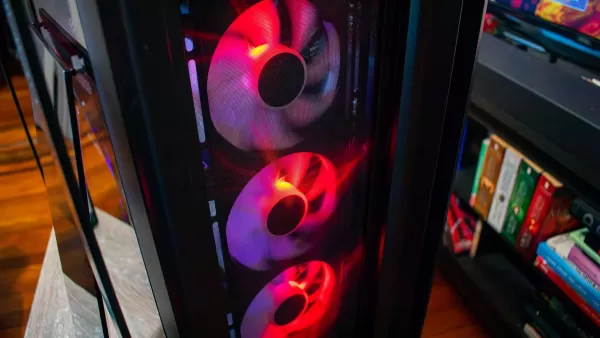
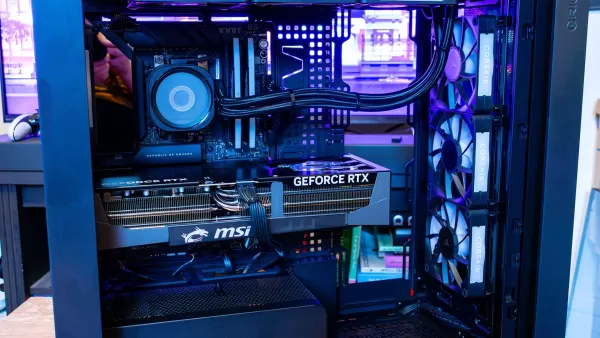 View 8 Images
View 8 Images
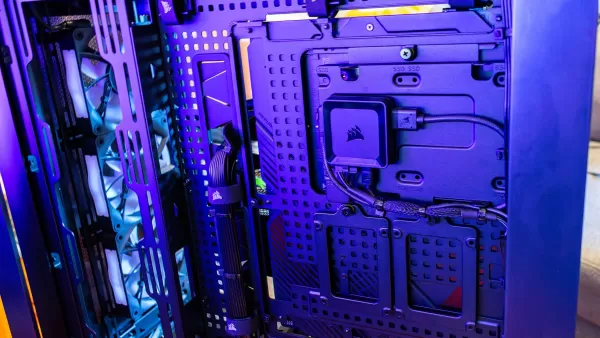
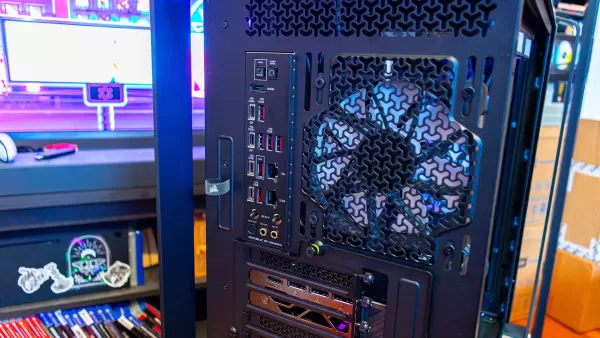
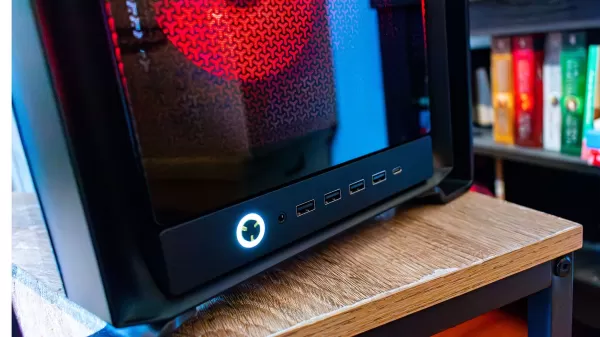
Design and Features
The Origin Millennium is a large machine. Its full-tower ATX case is bulked up further by steel bars on all four corners, giving it a sturdy yet imposing look. By itself, the case weighs 33 pounds, and that’s before adding components like the MSI RTX 5090 Gaming Trio, a power supply, and a 360mm AIO. Add the wooden crate it came in, and you’ll need help lugging it up to your apartment—especially if it’s on a higher floor.
The corner-mounted metal bars pose a challenge when accessing the interior. While the configuration I received won’t need frequent upgrades, you’ll still need to open it occasionally for maintenance. Unfortunately, the metal bar on the back left corner impedes the smooth removal of the glass side panel. Removing the panel requires maneuvering carefully to avoid damage, which is inconvenient.
Removing the bars is possible with an Allen wrench, but it’s more effort than you’d expect for a gaming PC. Once inside, though, you’ll find plenty of space. Even with a massive 14-inch GPU, there’s ample room for airflow. Cable management is exceptional, with Origin neatly routing all cables behind the motherboard tray and through grommets for a clean finish.
However, Origin’s approach to cable management presents a trade-off. While it hides fan cables and connectors, they’re routed underneath the system. This creates a large bundle of wires that run outside the case. While it might be effective, there’s a risk of the wires snagging on objects and breaking.
The front panel can be configured with ports mounted on either the top or bottom. My unit had them on the bottom, ideal for desk placement. If you prefer to keep it in a living room or under a desk, top-mounted ports would suit better. The front panel features four USB-A and one USB-C port, more than sufficient for most users. Around the back, you’ll find additional ports, including four USB-C, six USB-A, two Ethernet ports, and an HDMI port for onboard graphics. The RTX 5090 also has three DisplayPort and one HDMI outputs.
All in the Configuration
The configuration I reviewed is likely overkill for most gamers. Fortunately, Origin PC allows you to customize your system to fit your needs. For example, instead of spending $7,241 on the reviewed setup, you could opt for a mid-range configuration with an AMD Ryzen 5 9600X, 32GB of RAM, and an AMD Radeon RX 9070 XT for $3,392. This setup remains capable of 4K gaming but at a more reasonable price point.
Building this mid-range system yourself would cost approximately $2,397, meaning you’re paying around $1,000 extra for Origin to handle assembly. Alternatively, purchasing the parts separately totals about $6,506, depending on availability. Whether this premium is worth it depends on your comfort level with DIY builds and how much time you’re willing to invest.
One advantage Origin offers is lifetime support, which includes free customer assistance for any issues and free upgrades for new parts (at your expense). Additionally, the wooden crate, while heavy, provides unmatched protection during shipping.
Performance
Corsair equipped me with an Origin Millennium featuring an Nvidia GeForce RTX 5090, an AMD Ryzen 7 9800X3D, and 64GB of RAM—a powerhouse gaming PC. At 4K resolution, nearly every game surpassed the 100-fps mark without frame generation. Exceptions were Assassin’s Creed Valhalla at 75 fps and Metro Exodus at 97 fps, the latter due to its ray-traced workload without DLSS support.
In Assassin’s Creed Valhalla, enabling frame generation boosted the frame rate to 132 fps but increased latency from 33ms to 42ms. While noticeable, the impact isn’t significant for most players, particularly in single-player games.
Cyberpunk 2077 performed similarly. With ray tracing enabled and DLSS set to performance mode, the Millennium delivered 127 fps at 23ms latency. Enabling Multi-Frame Generation quadrupled the frame rate to 373 fps with only a slight latency increase to 28ms. Even without frame generation, 127 fps ensures smooth performance, making compromises on image quality unnecessary for demanding titles.
- 1 Zenless Zone Zero [ZZZ] Codes (December 2024) – 1.4 Livestream Codes Feb 08,2025
- 2 Capcom Spotlight February 2025 and Monster Hunter Wilds Showcase: Everything Announced Mar 05,2025
- 3 New LEGO Sets for March 2025: Bluey, Harry Potter, and More Mar 06,2025
- 4 Gothic 1 Remake Demo: Frame-by-Frame Comparison with Original May 01,2025
- 5 Blazing Conquest: Conquer Lords Mobile on Mac with BlueStacks Air Feb 21,2025
- 6 PUBG Mobile Redeem Codes for January 2025 Live Now Feb 13,2025
- 7 "Tower of God: New World Introduces Alphine and Kaiser" Jun 28,2025
- 8 Pokémon TCG Pocket Unveils Premium Pass and Trade Tokens Apr 21,2025
-
Best Racing Games to Play Now
A total of 10
-
Top Business Management Apps for Android
A total of 10
-
Best Competitive Multiplayer Games on Android
A total of 10










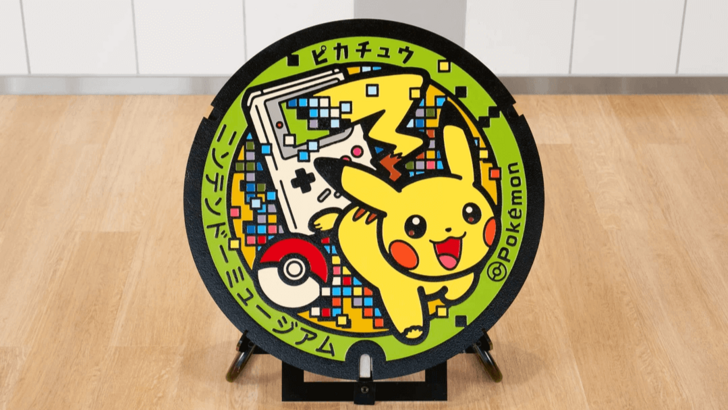


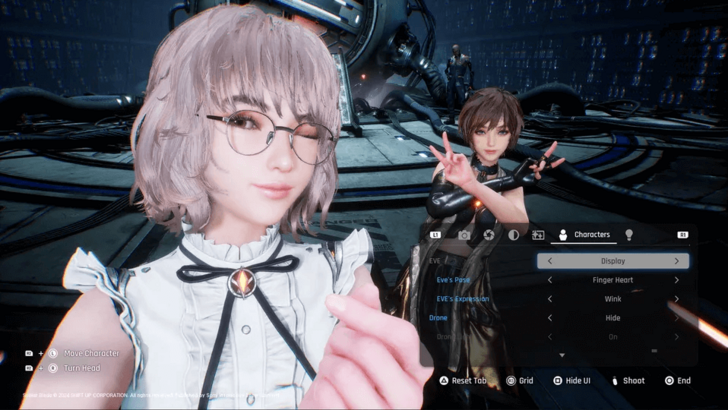



![Business of Loving [v0.12.5i] [Dead End Draws]](https://imgs.96xs.com/uploads/18/1719555107667e5423ef803.jpg)












